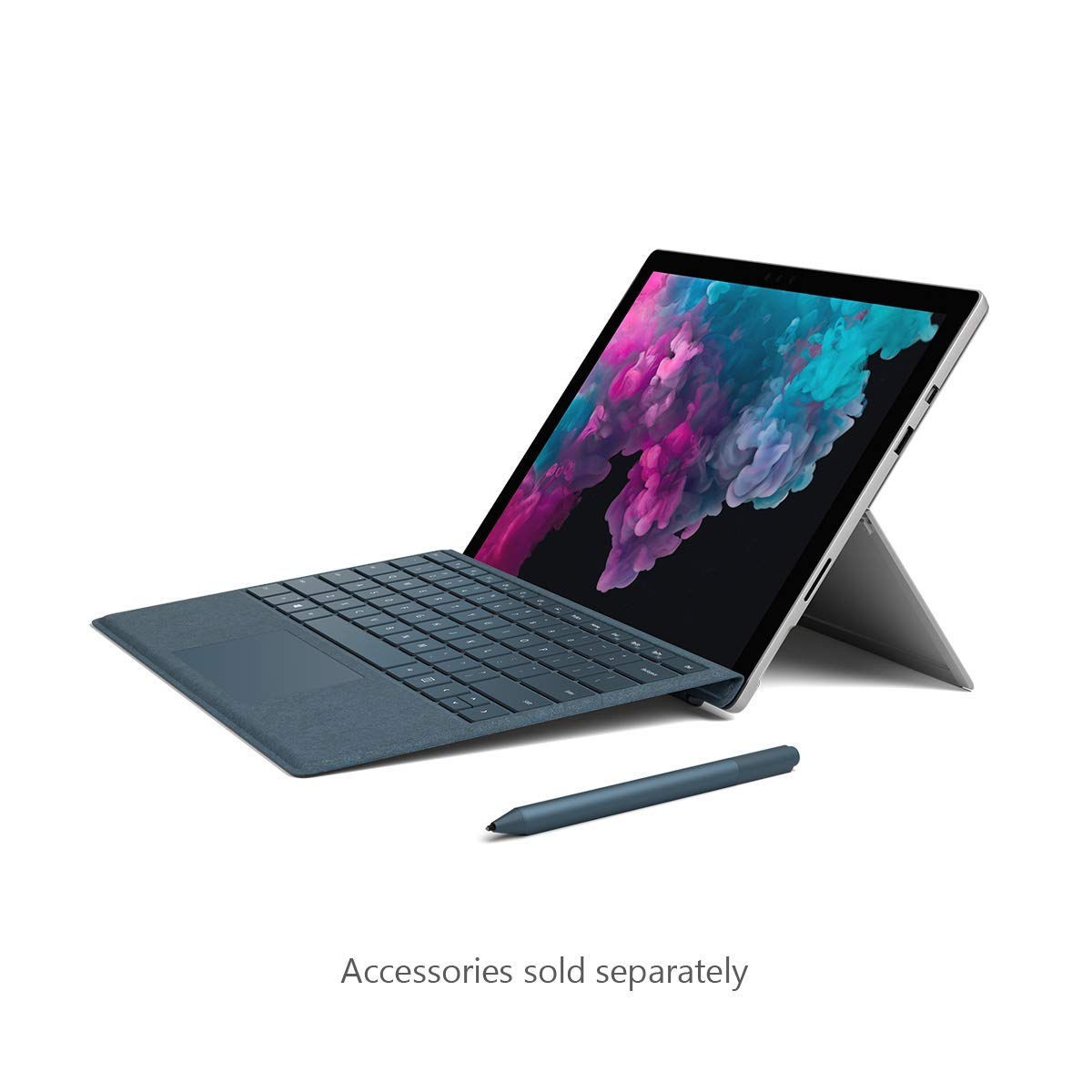

But the Pro 6 comes with Windows 10 Home. Previous Surface Pros have come with Windows 10 Pro. There is one other change, and surprisingly it’s software. This isn’t the best battery life you can get, of course, so if your working days last longer than this you might prefer a Surface Laptop or HP Spectre x360, both of which will almost last 13 hours. That isn’t a whole lot longer than the Surface Pro 2017, but considering the batteries are the same capacity in both models, it proves that the 8 th-gen processors are more power efficient to the tune of about 10 percent. In our tests the Surface Pro 6 lasted for a fraction over 8.5 hours. This is a raw test of computing power where more threads (usually) always win, so that’s no big surprise. In Cinebench, we saw a multithreaded score of 576 from the Surface Pro 6 which compares well to the Core i7-equipped Surface Pro 2017, which could only manage 392. This could have an impact if you need to run apps which rely on GPU power but for most people, it’s unlikely to have any discernible effect.

However, while CPU performance increases, GPU grunt decreases because the Iris Pro graphics have been replaced by run-of-the-mill Intel HD 620. The 8 th-gen chips add a good dose of extra performance because they’re quad-core with Hyper-threading which means eight threads can be processed simultaneously instead of four as with the previous models. Internally, cooling has been improved on all models, and although the chassis of even the Core i5 heats up a bit when being pushed hard, it isn’t uncomfortable and it dissipates quickly when the number crunching stops. We were sent the fanless Core i5 model to review, but if you need more power, the Core i7 does require a spinning cooler. It’s on the inside that you’ll find the biggest changes.


 0 kommentar(er)
0 kommentar(er)
